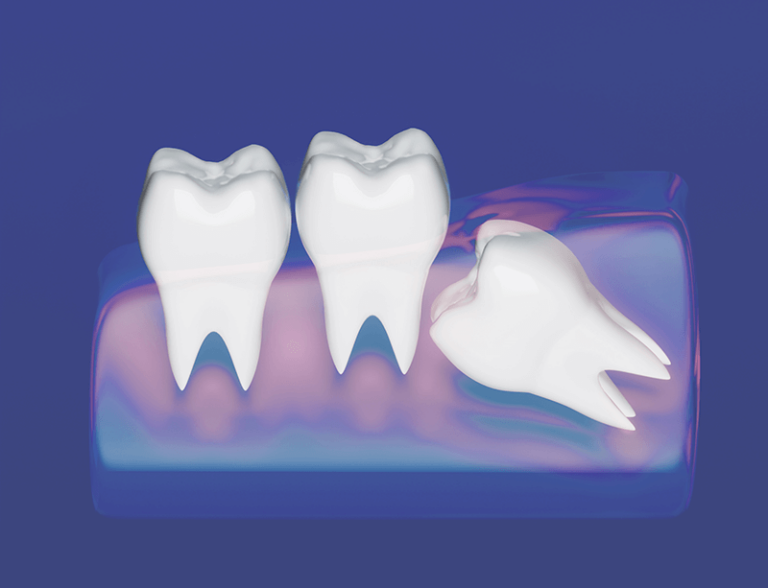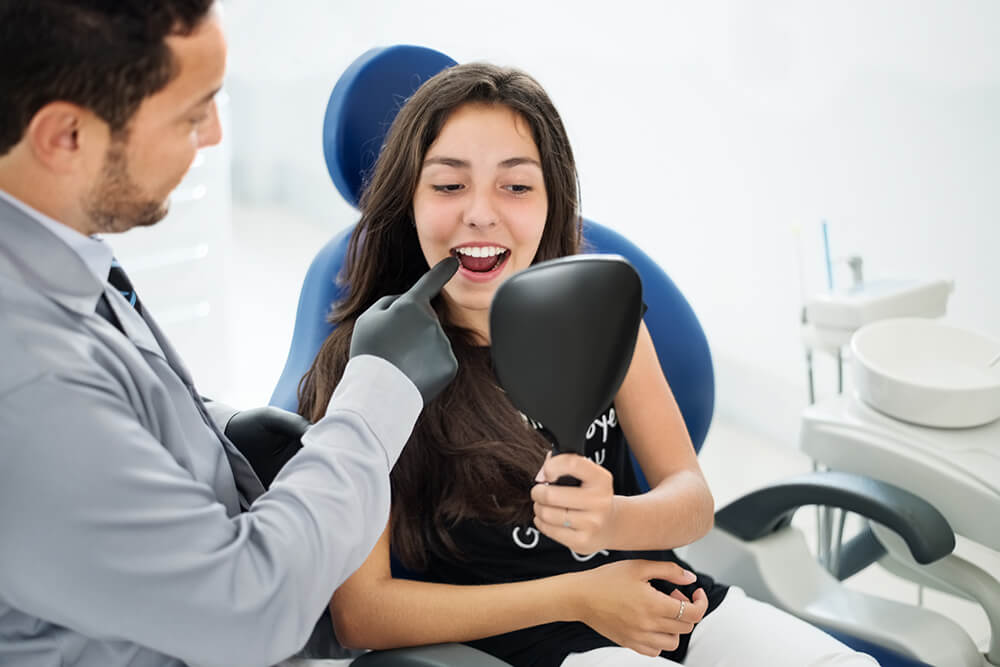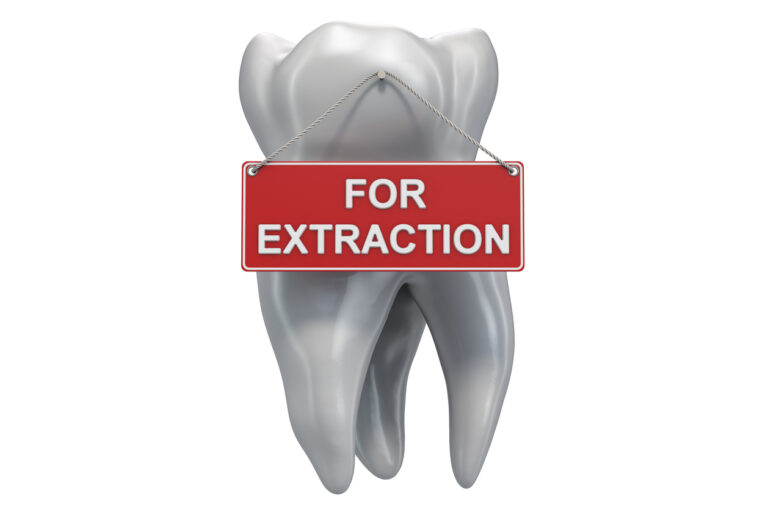
Dental Services at Hillside Family Dentist
Find modern dental care that benefits the entire family.
Preventative Dental Care
Preventative care is the cornerstone of maintaining lifelong oral health. Our dental services are designed to keep your teeth and gums healthy, identify potential issues early, and provide effective solutions to avoid future complications.

Restorative Dentistry
Restorative dentistry helps you regain the function and comfort of a healthy mouth. Our treatments address dental issues like tooth damage, decay and loss so you can eat, speak and smile confidently without discomfort.

Cosmetic Dental Care
Cosmetic dentistry can help you achieve the smile you’ve always wanted. Whether you need to address misaligned teeth, close gaps or improve discoloration, we offer fast and effective procedures to help you meet your aesthetic goals.

Speciality Services
Although we provide a comprehensive range of dental services, our specialization is in restorative treatments such as dental implants, tooth extractions, wisdom teeth removal and dentures.

Oral Health Tips For Your Best Smile
Your smile is important to us, which is why we share trusted advice to help you maintain excellent oral health between visits.
Read All Articles
